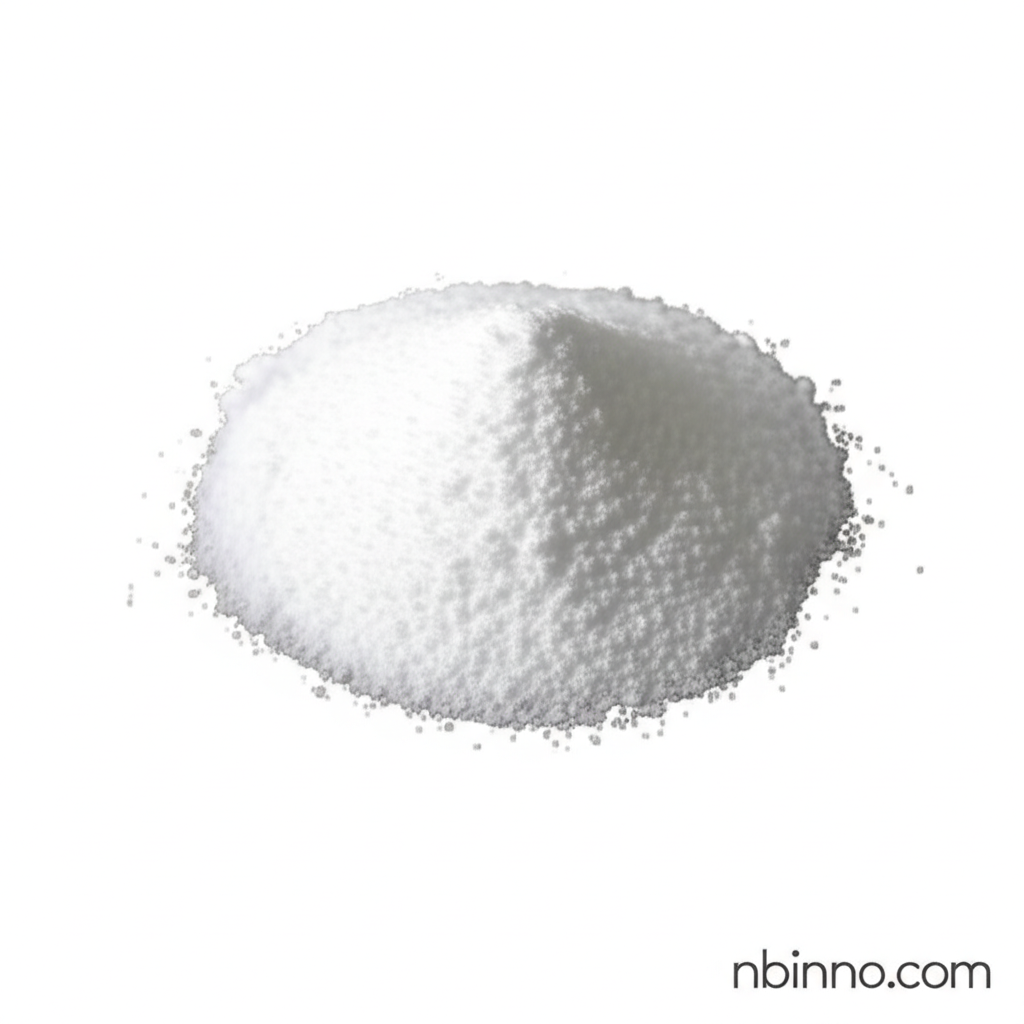4-Chloro-2,6-diaminopyrimidine CAS 156-83-2: A Key Intermediate for Pharmaceutical and Agrochemical Synthesis
Unlock the potential of this vital chemical intermediate for your advanced synthesis needs.
Get a Quote & SampleProduct Core Value

4-Chloro-2,6-diaminopyrimidine
Discover the essential role of 4-Chloro-2,6-diaminopyrimidine (CAS 156-83-2) as a fundamental building block in the chemical industry. This compound is highly regarded for its purity and reactivity, making it an indispensable intermediate for creating complex molecules.
- Explore the 4-Chloro-2,6-diaminopyrimidine synthesis pathways to understand its efficient production.
- Leverage this high-purity 4-Chloro-2,6-diaminopyrimidine as a crucial pharmaceutical intermediate in drug development.
- Utilize the diverse uses of 2,4-diamino-6-chloropyrimidine in agrochemical applications, enhancing crop protection.
- Benefit from the reliable supply of CAS 156-83-2 for your ongoing chemical research and synthesis projects.
Advantages Offered
Versatile Building Block
As a key pyrimidine derivative, it offers unique chemical properties suitable for a wide range of chemical synthesis applications.
Critical Pharmaceutical Role
It serves as an essential intermediate in the production of Minoxidil and other vital pharmaceutical compounds, underscoring its importance in drug discovery.
Agrochemical Efficacy
Its application in agrochemicals contributes to the development of effective pesticides and herbicides, supporting agricultural advancements.
Key Applications
Pharmaceutical Synthesis
Critical for producing pharmaceuticals like Minoxidil, contributing to advancements in hair loss treatment and other medical applications.
Agrochemical Formulations
An essential component in developing advanced pesticides and herbicides for robust crop protection solutions.
Chemical Research
Serves as a versatile building block and starting material in academic and industrial chemical research for novel compound development.
Organic Synthesis Intermediate
Its defined structure and reactivity make it a preferred choice for intricate organic synthesis pathways, ensuring product quality.
